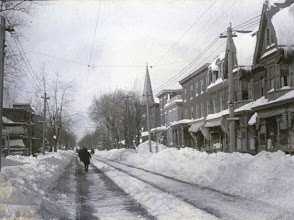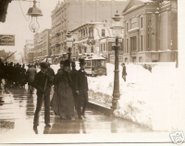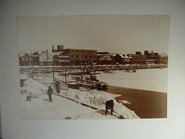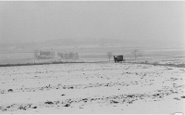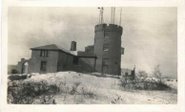Winter '09 / '10 - Heavy Snow Across China
"Major highways in north China have been shut down, leaving at least 10,000 vehicles and up to 30,000 people stranded on roads in Shanxi alone..."
"The 19-inch thick snow that fell in Hebei province's capital of Shijiazhuang was the heaviest ever recorded since 1955."
"Parts of southern China are now suffering low temperatures and snow, while almost all of northwestern China can expect continuing low temperatures and gales. Local governments are taking practical measures to cope with the cold weather and heavy snow.
"Meanwhile, parts of northwestern China, including Gansu and Shaanxi, are suffering a new round of snow storms, with temperatures in some areas dropping sharply by 20 degrees Celsius (36°F)."
"Early and heavy snow storms in north China have killed 32 people, destroyed nearly 300,000 hectares of winter crops, and caused nearly 7 billion yuan (about one billion US dollars)...
"More than 15,000 buildings collapsed..."
More about the 12-NOV event here...here...here...and here.
Image courtesy 'Image of the Day' from the Moderate Resolution Imaging Spectroradiometer (MODIS) on NASA’s Terra satellite.
Image courtesy 'Image of the Day' from the Moderate Resolution Imaging Spectroradiometer (MODIS) on NASA’s Terra satellite.




































